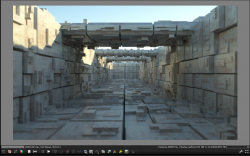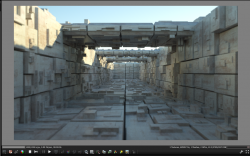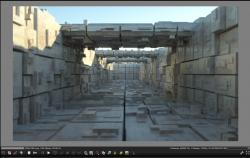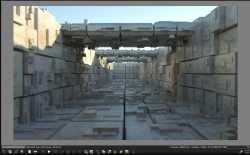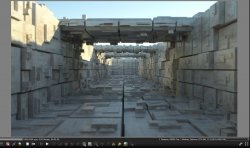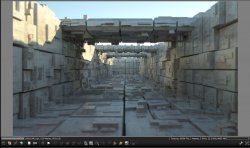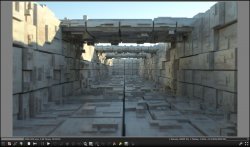Thanks for the ***** menu! (No insult intended!

)
Question: I'm about to build my first small rig myself and do wonder about the CPUs at most. Using Maxwell Renderer paired with Rhino 3d for modelling and the usual Adobe PS/Illustrator combo - not for professional work as one may call it since I don't earn any money from it, but it is directly connected with my professional work, fwiw. Throw in CAD and a quick game here and there, that's about my usage scenario.
Problem is, I really have no idea whether a 4930k is better, or maybe a E5 2643 v2 on a dual board which I can upgrade in a year or so to a 2x6core..and on and on..
I really can't find a lot of info about the hyperthreading. How does a E5-2650 v2 with 2.6 base clock and a turbo freq of 3.4 perform over a longer period (say 3-4 hours) in single threaded progs? Permanently?
Part of my problem is that most sites/forums I visit/found talk about BF4 optimized rigs or are far above my level.
Can you help me out, Tutor?

Hope I could explain my problem somehow understandable..


